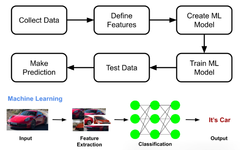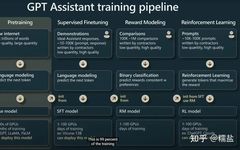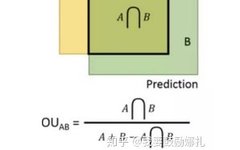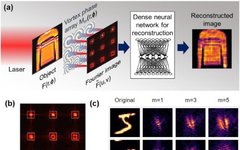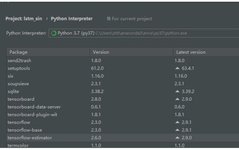How Reliable Is AI? A Deep Dive into the ‘Hallucination’ Mechanism of Large Models
Have you ever encountered a situation where you ask an AI a question, and it provides you with a particularly detailed and logical-sounding answer? However, when we fact-check it, we find that the information is completely fabricated? This is the famous ‘AI Hallucination’ phenomenon. Scroll up and down to see more, image source: 河森堡 新浪微博 … Read more


